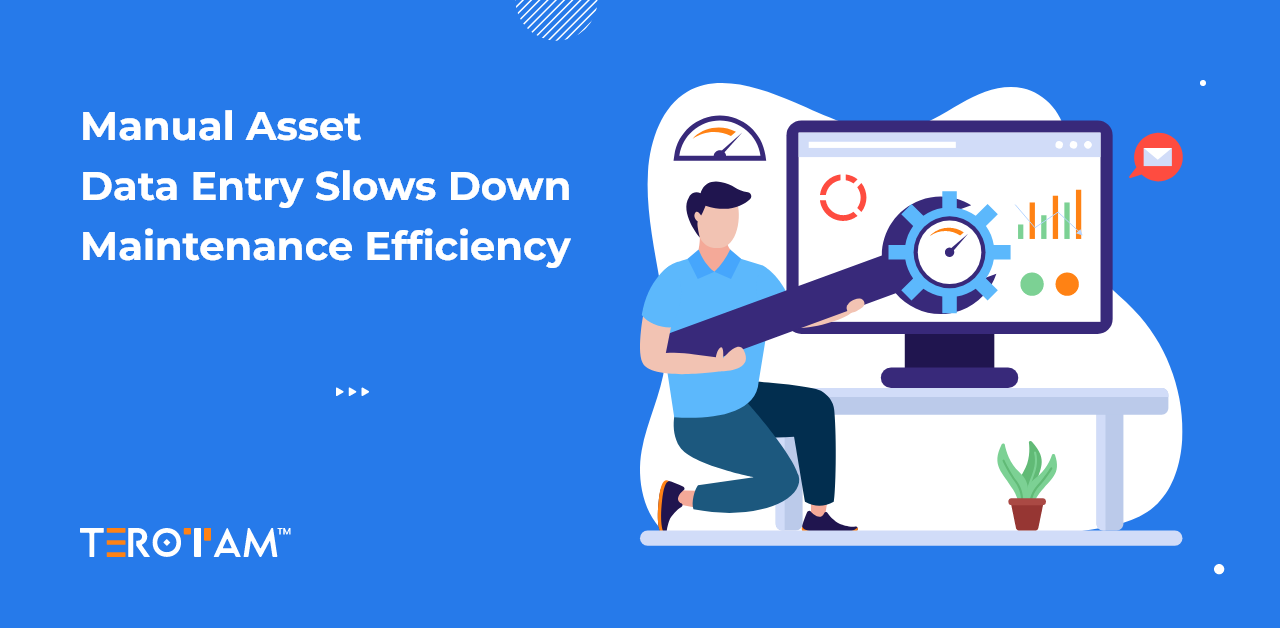How to incorporate technology into the learning processes while ensuring the safety of the students, staff, and school property is the recent dilemma encountered by schools virtually everywhere in the world. Schools have operated in the same manner for many years, using textbooks, pens, and paper. Perhaps the growing usage of smartphones, tablets, cloud computing, and social media compels schools to come up with clever management strategies for such advanced assets.
In general, we can observe that many schools have changed to allow students to utilize computers, iPads, and other cutting-edge technology in the classroom. At some point, proper maintenance will be necessary for these advanced classrooms, school buildings, and other campus amenities like playgrounds, computer labs, gymnasiums, etc. The new duty of school management is to ensure that these assets are in the hands of accountable individuals and methodical solutions.
Asset Management Software for Educational Institutes can be the most desired solution in such a situation. In this article, we are going to discuss how asset management software is important for schools and how it can help school management to upgrade their asset management.
Let’s dig in deep.
Significance of Asset Management Software for Educational Institutes
The efficient and ethical management of assets is essential for both schools and any other organization that relies on fixed assets to accomplish its goals.
In the case of your primary or secondary school, the proper IT asset management tool will make it simpler to keep track of what assets the establishment has, where they are, and how readily available they are for use by students and teachers. Examples of such assets include equipment for Science Laboratory and Computers and laptops for the Computer Lab.
An Educational Institute ensures that such essential equipment is always in working order and lowers the costs associated with replacing lost or stolen property by practicing effective asset management. After all, every money that a school saves by reducing wasteful spending is money that can be used to fund other areas of the facility’s operations and possibly other assets.
Asset management also involves keeping an eye on how specific assets’ conditions may degrade so that a proper schedule for maintenance and repair may be put in place. Assets that may typically need replacement sooner will survive as long as possible.
1. Increase the Reliability of Record Keeping
It might be challenging to keep track of all the paperwork needed to manage supplies, papers, and records on school property. However, the appropriate application for managing school assets can offer the functions required to create a single data repository for all crucial assets. This is also essential for data security and backup in the event of a fire or other disaster, which might destroy a paper-based asset management system and cause difficulties and delays when making insurance claims.
2. Avoid Investing in Redundant Assets
Access to the school’s asset register can help cut costs on already purchased equipment. For instance, a teacher can ask for more chairs for their classroom. But by examining the data, they can tell that a number of chairs in another department aren’t being used. Instead of buying more seats, they may move the ones they already have to a different department where they would be more helpful.
3. Track your spending accurately to adhere to budgets
Schools can manage and track spending requests from each academic department using the appropriate technologies. This can be a request to the school cafeteria for trays and cutlery or to the library staff for more books and desktop computers. Whatever the need, these requests must be in line with the spending plan established by the district or the local department of education.
4. Lowering the Possibility of Asset Theft
The significance of education Maintaining what is likely to be a strict budget makes the headache worse when certain important assets disappear. An absent projector, for instance, might be noticed by a teacher. It will be simple to go to this system for information on where the projector was last situated and who most recently used it if asset management software is in place. It can also mark the projector appropriately and accurately.
5. Cutting back on Manual Asset Audits
The most advanced asset management systems will offer real-time information on the location of an organization’s assets and the precise equipment available for usage. Schools won’t have to perform as many time-consuming manual audits of their assets because of this, which is also the case.
6. Continuous Maintenance
Equipment downtime is the most frequent constraint encountered in the education industry. You would have experienced this numerous times: the projector might have malfunctioned, or the speakers might have shut off in the middle of the presentation. As a result, you would be powerless and forced to wait until the issue was resolved.
Thanks to the school asset management system, you can schedule maintenance activities in advance. When an asset needs repairing, you can set up maintenance actions and alerts to notify you. You might simply eliminate some costs with this routine maintenance. Additionally, doing this will enable you to maintain the status of all the assets so that they can easily carry out processes and events.
7. Authentic Reporting
Since the education sector is regarded as public, it is anticipated that they maintain and compile their data on their assets in an accurate and precise manner. You don’t need to manually enter the data into spreadsheets because the entire process is automated by this asset monitoring management software.
The automated method allows for creating and customizing reports that are sent directly to the designated administrators at a given time and tailored to the school’s target audience. This automated procedure generates accurate reports quickly and without human error.
What are the Features to Look for in a School Asset Management Software?
1. Centralized Data Storage
Any particular school may contain hundreds or even thousands of assets, including things like furniture, laptops, keys, and papers that are essential to running the institution, such as chairs, desks, and locks. By investing in an asset management platform, such as our own Vision software, your school can have a single, centralized record of all of its assets that can be accessed from practically anywhere and is not at risk from fire or other natural catastrophes the way a paper-based system would be.
2. Keeping Tabs on Departmental Spending
Maintaining a school’s budget can be difficult, and it will be considerably harder if there isn’t a precise and current asset register in place. With the correct asset management software, it is simple for department heads to see how much money is currently being spent on assets for their faculty. With this information, smarter decisions can be made in the future to make the best use of the school’s budget.
3. Sharing Accurate Reports
When a school has access to an appropriate asset management system, it is also simpler for it to create reports with data that can subsequently be sent throughout the hierarchy of the organization, such as between instructors, managers, and department heads. A department head asking the teachers in their department to provide a regular report on the use and conservancy of IT equipment in their classrooms is one instance of this. A consistently accurate asset registry streamlines the process of gathering and sharing pertinent information in a circumstance like this.
4. Tracking Asset Locations
Particularly in the case of assets used by numerous different instructors and staff from one day or week to the next, a paper-based system is unlikely to be sufficient for keeping track of where a given physical asset is right now within the school. With the aid of an appropriate tagging technology like RFID, today’s market-leading asset management software offers a visual “map” to users so they are never in the dark regarding the whereabouts of certain assets.
Wrapping it up:
The deployment of technology in education necessitates the inclusion of various expensive and valued assets in education institutes. However, education institutes need to manage the resources effectively if they are to integrate them into the educational process. Putting in place an asset management solution that organizes new investments for your finances is the greatest remedy for this issue. To know more, about how TeroTAM’s Asset Management Software can help you upgrade the asset management in your educational institute connect with our experts at contact@terotam.com or schedule an appointment now.








